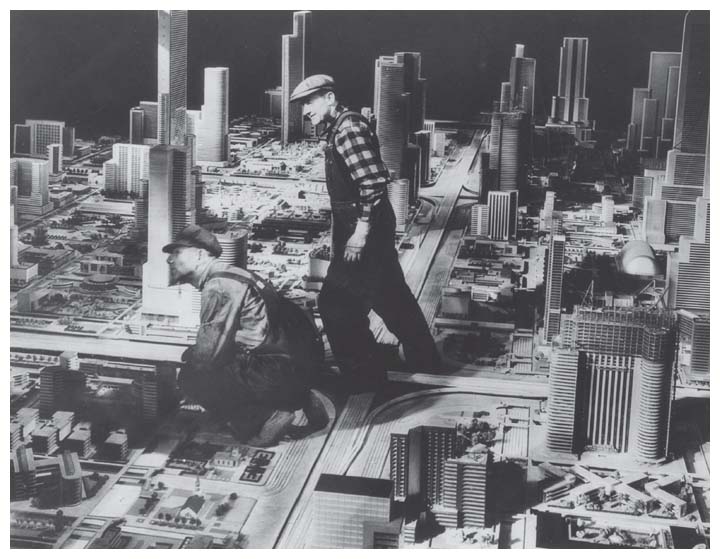CNRS-ENS-UA International Research Center iGLOBES
Paris Sciences & Lettres Research University / Interdisciplinary Program on Origin and Conditions of Appearance of Life
“BIOCOSMOS – Our Sense of Place, Our Sense of Life in the Universe”
Workshop organized by Dr. Perig Pitrou (Collège de France/PSL Research University, Paris), Dr. Istvan Praet (University of Roehampton, London), Dr. Regis Ferriere (University of Arizona and ENS/PSL Research University, Paris) and Dr. Kevin Bonine (University of Arizona)
February 1-2, 2018, at Biosphere 2 – Oracle (AZ)
Doctoral and Post-Doctoral Session
Organized by Dr. Joffrey Becker (Collège de France/PSL Research University Paris)
Call for participation
Since ecology has been defined by Ernst Haeckel (1866) as the science of the interactions between living organisms and their environments (a science of the oikos), the boundaries between living and non-living systems have constantly been blurred. The notion of homeostasis (Cannon, 1932) or the feedback loops (Rosenblueth, Wiener & Bigelow, 1947) have led to consider in a very similar way phenomenons that are related to both the description of life and the production of artifacts. These notions progressively conducted to the emergence of cybernetics, a science of the structures that describes the dynamics of self-organized systems and simultaneously participates in the conception of a new kind of machines.
If James Lovelock provocatively wrote that we could one day imagine that our engineered systems could be as subtle and versatile than their biological equivalents (Lovelock, 1979:77), systems appear in a movement that metaphorically mechanizes nature and brings machines to a form of protolife. They constitute a link between life and techniques.
The aim of this session is to explore this crossed space that the notion of system seems to create. Opened to Ph.D students and post-doctoral researchers in social and natural sciences, this session will focus on issues directly related to cybernetic systems, considering them as both a mean to represent ecosystems emerging in the universe, but also as a mean to construct artificial devices where terrestrial life can survive outside the Earth. We will more specifically focus on the question: What fundamental elements and which interactions allow us to consider that a world (natural or artificial) can be inhabited, a world in which life can develop and maintain itself? We will thus try to better understand how cybernetic systems, through the mediation of theoretical or real machines, invite us to consider the complex (and culturally informed) entanglements of life and techniques.
Cannon Walter B., 1932, The Wisdom of the Body, New-York, W.W. Norton & Company, inc
Haeckel Ernst, 1866, Generelle Morphologie der Organismen, 2 vol., Berlin, G. Reimer
Lovelock James, 1993 [1979], La terre est un être vivant, L'hypothèse Gaïa, Paris, Flammarion
Rosenblueth Arturo, Wiener Norber, Bigelow Julian, 1943, “Behavior, Purpose and Teleology”, Philosophy of Science, 10(1), 18-24
Submission Information
Candidates must precise whether they want to do an oral presentation or whether they prefer to present a poster.
Submissions must contain:
- The name of the presenter, affiliations, email address
- The title of the presentation / poster
- An abstract (150-300 words)
- If applicable, a list of selected publications, relevant to the proposed topic of the talk
- A short curriculum / resume
Notification regarding acceptance of submissions will be sent by email during the first week of January.
UMI iGlobes will reimburse part of the travel to Tucson, and cover two nights at Biosphere 2 and meals during the workshop.










